Competition for new retail coffee intensifies! Lian Coffee will open more than 50 large offline cafes.
Professional coffee knowledge exchange more coffee bean information please follow the coffee workshop (Wechat official account cafe_style)
After making a profit, Lian Coffee settled in Hangzhou for the first time and opened a number of large physical cafes in the five major cities of North Shanghai, Guangzhou, Hangzhou and Shenzhen, accelerating the pace of offline expansion.
Krypton exclusively learned that Lian Coffee, one of the two major Internet coffee brands in China, will open at least 10 image stores in Hangzhou and the largest flagship store in Shanghai early next year. In addition, Lian Coffee's first physical store officially opened in Beijing's Wangjing SOHO this month.
By the beginning of next year, a number of image stores will be opened one after another in first-tier cities such as coffee, north, Guangzhou, Shenzhen and Hangzhou, all of which are located in the landmarks of the core cities, with about 50 to 60 stores, of which East China accounts for a large proportion.
Lian Coffee regards East China as a key area, and mainly focuses on its coffee consumption power: "East China is an important coffee town, and Hangzhou is a new retail coffee city, so we choose to open 10 large image stores at one time."
Krypton learned that 10 stores of Lian Coffee in Hangzhou have entered the trial operation stage and have reached a B-end cooperation with NetEase Group. After the official opening of the store, it will be mainly for C-end users.
Even coffee told 36 krypton that the difference between the image store and the previous 400 "coffee workshops" in Beijing, Shanghai, Guangzhou and Shenzhen, in addition to its larger area and better location, also assumed the meaning of the "urban space station." assume more brand image display, new products in advance internal testing, offline interaction and other functions.
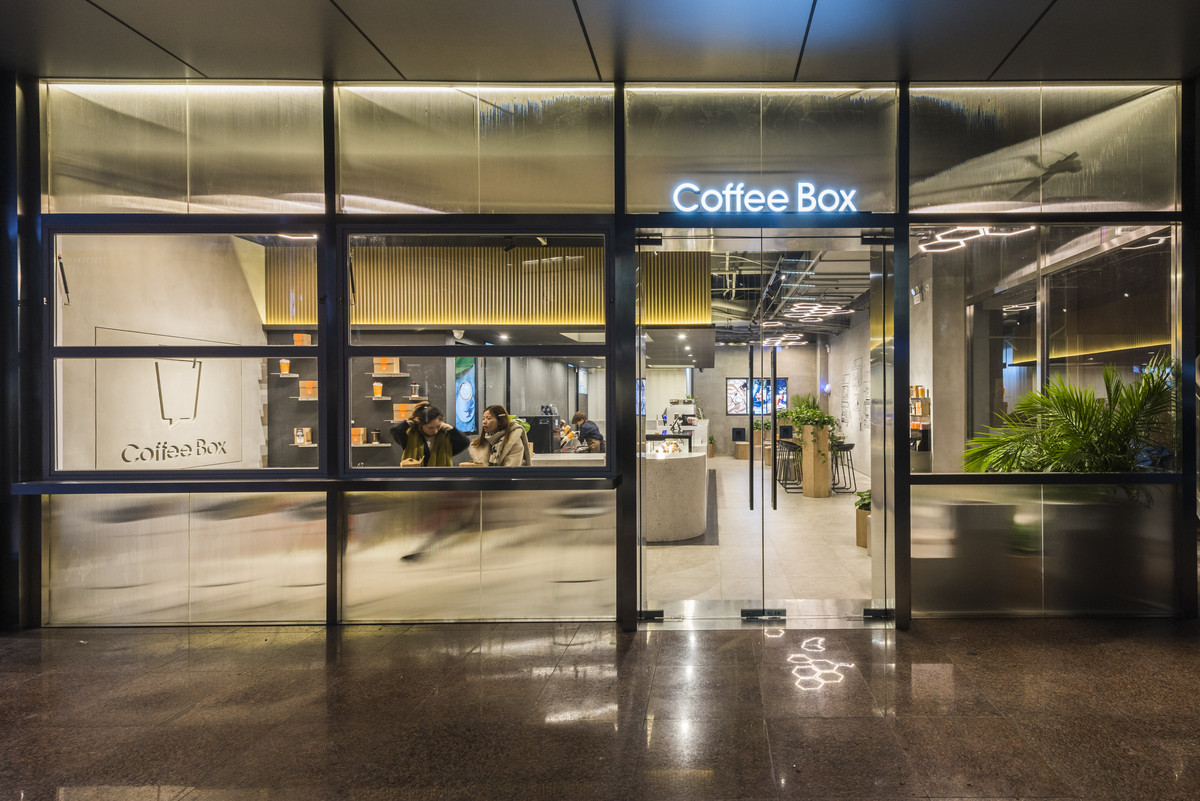
Appearance of Hangzhou image store
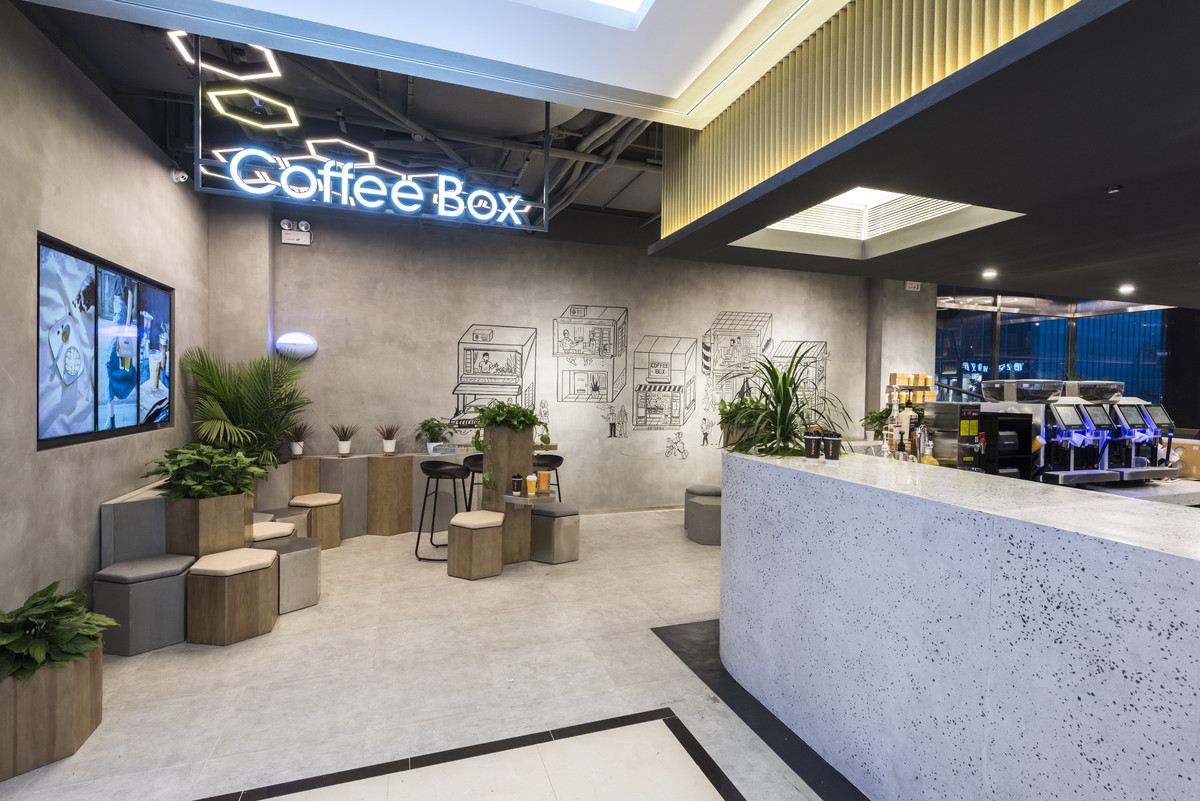
The internal structure of the image store
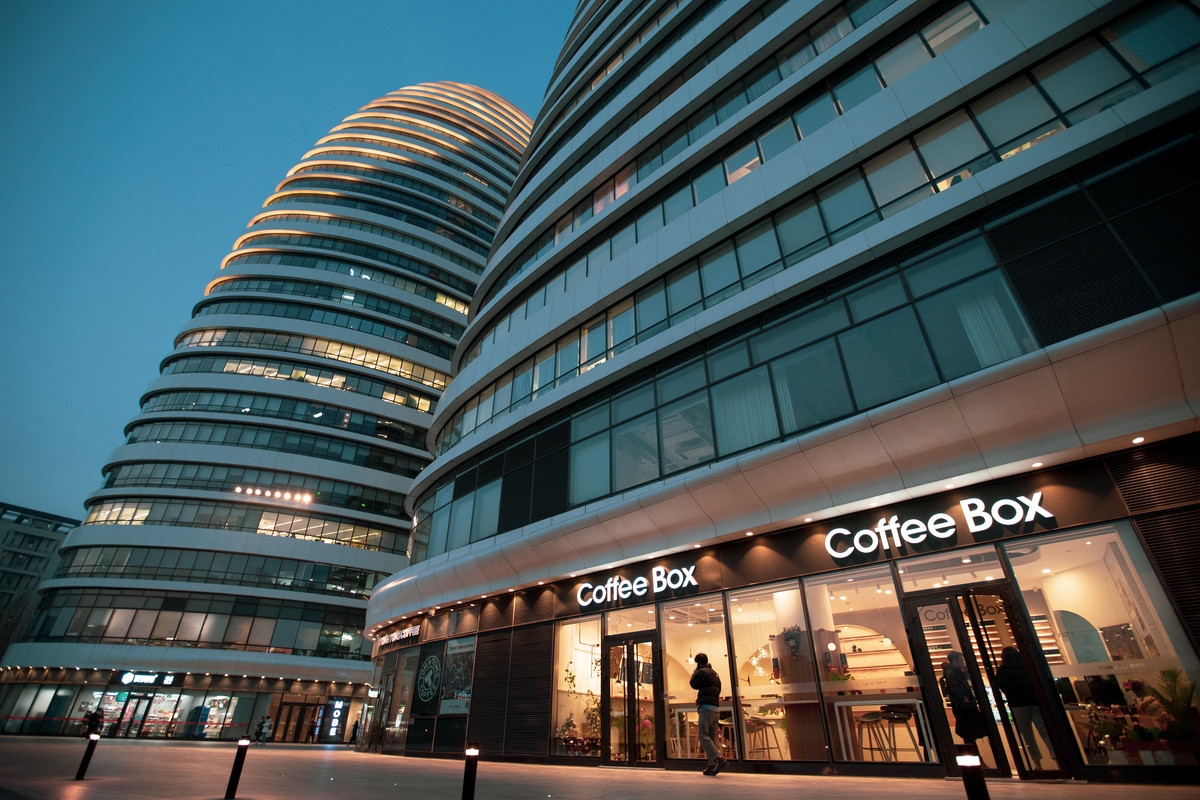
Even Coffee Beijing Image Shop
Setting up large offline stores in a large area is expensive, and only Starbucks, Costa, the whole family and other old brands that have accumulated for decades can do it. Although Luckin Coffee, also one of the two major Internet coffee brands, has set up more than 1000 stores across the country, for the sake of cost savings, most of them are small self-help stores, even if there are stores with seating and other rest areas, there is still a certain gap in area and experience space compared with Starbucks. Recently, Luckin Coffee was also exposed to a cumulative loss of 857 million yuan in the first nine months of this year, of which subsidies accounted for most of the total, but industry insiders told 36 Krypton that the loss caused by the early investment in opening stores was almost the same as the subsidy.
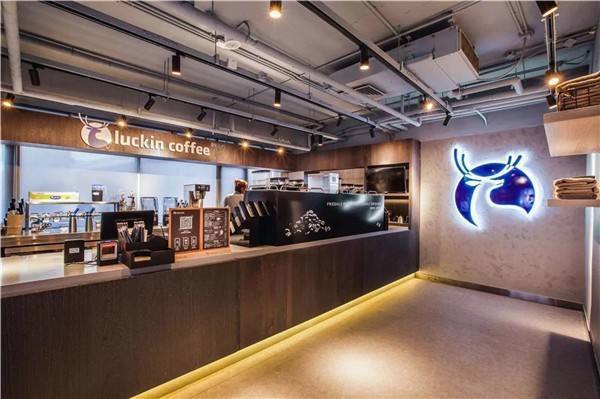
Luckin Coffee settled in the mall and set up his own pick-up points.
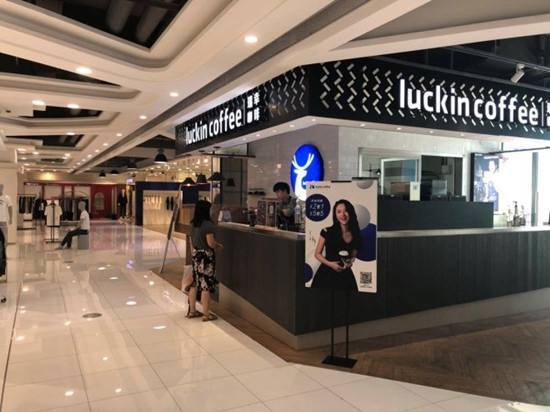
Luckin Coffee has stores in the seating area, but the area is still very small, which is quite different from the experience space of cafes such as Starbucks.
Also in order to save costs, Lian Coffee previously set up a total of 400 "coffee workshops" in four cities in Beijing, Shanghai, Guangzhou and Shenzhen as small offline sites to meet users' demand for self-service and other services. But why still choose to follow the example of giants such as Starbucks and open large brick-and-mortar stores?
Krypton learned that by the end of 2017, Lian Coffee had made a profit, and its annual coffee sales were not lower than those of Ruixing's coffee brands of the same magnitude, which means it has enough capital for large-scale offline expansion. In addition, large brick-and-mortar cafes are also opened to promote brands. "A lot of users drink our coffee, but they generally don't see our brand logo, even though we have opened a lot of small coffee sites offline." Even coffee CMO Zhang Hongji told 36 krypton.
Coffee brands can get a lot of traffic through online takeout platforms and social platforms, but the diversion of offline stores is also something to be reckoned with. The whole family in China relied on 3000 offline convenience stores to sell nearly 50 million cups of coffee in 2018. 36 Krypton also learned from sources that Ruixing's traffic to the store was almost the same as online traffic, which is an important reason why it chose to access Meituan takeout.
So far this year, the new retail battle for coffee has been very hot. Coffee players have realized that online and offline channels are equally important.
Starbucks, the coffee chain leader, reached a comprehensive cooperation with Alibaba on a new retail strategy in August this year, opening the road to digitization in China. The first important decision is to launch a takeout service on the ele.me platform. However, while developing online channels, Starbucks has not forgotten to continue to expand its stores. In May, at its first Chinese investor conference, Starbucks said it would open more than 6000 stores in China by 2022. Continue to expand offline outlets. While Luckin Coffee continues to subsidize online, he has not forgotten to set up more outlets offline. As of December 25, 2018, the number of Luckin Coffee stores across the country has reached 2000.
Compared with Lucky, Lian Coffee's offline expansion appears to be very cautious. It was only after four years of establishment and profitability that it began to accelerate its offline expansion. Its accelerated expansion of offline stores undoubtedly has a lot to do with the increasingly fierce competition in the coffee market.
Article source: 36 krypton
END
Important Notice :
前街咖啡 FrontStreet Coffee has moved to new addredd:
FrontStreet Coffee Address: 315,Donghua East Road,GuangZhou
Tel:020 38364473
- Prev

Testest
1111111111111111
- Next
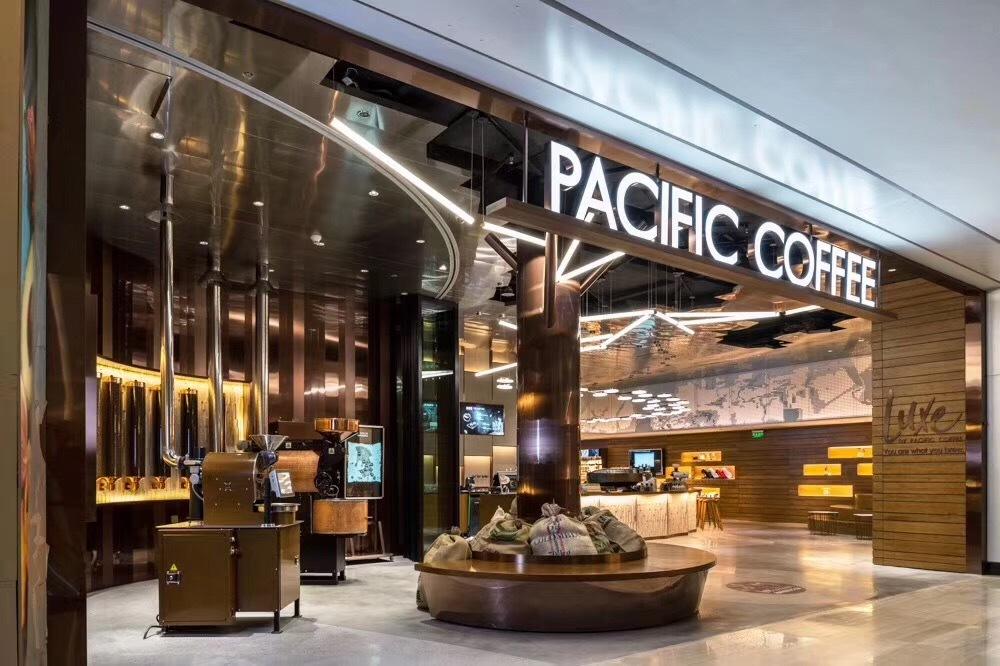
Pacific Coffee Test Water "self-baking", Beijing International Trade launched the first self-baking flagship store LUXE
Professional coffee knowledge exchange more coffee bean information please follow coffee workshop (Wechat official account cafe_style) Beijing Business Daily on December 24, Pacific Coffee launched its first self-baking flagship store LUXE at ITC in Beijing, including boutique coffee, regular coffee, tea, food, cake and so on. At present, China's boutique coffee market is not broad enough, and it will take a long time for the flow of customers.
Related
- What documents do you need to go through to open a coffee shop? coffee shop coffee shop certificate processing process
- How to purchase Coffee beans in small Cafe how to choose a suitable supplier for domestic Coffee supply Company
- How to drink Starbucks Fragrance White Coffee? how to make Australian White Coffee? what Italian coffee beans are recommended?
- The Story of Flora Coffee: the name of Flora Coffee Bean and the implication of the Flowers on Florna Coffee
- How much does a cup of coffee cost? How much is the profit of a cup of coffee? What is the profit of the coffee shop in a year?
- Yunnan small Coffee, known as "fragrant Coffee", introduces the characteristics of Alpine Arabica Coffee producing areas in Yunnan, China
- 2023 latest Starbucks full menu price list how much is a cup of Starbucks coffee what is better to drink the most popular hot and cold drinks recommended
- Starbucks different kinds of Coffee Price list Starbucks menu 2023 Top Ten Best drinks in Starbucks
- Starbucks Spring praise Comprehensive matching Coffee Bean theme Story Packaging implication and taste description
- The cost of a cup of coffee latte American coffee cost price and selling price

